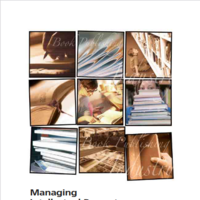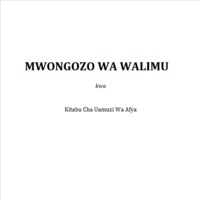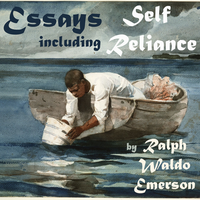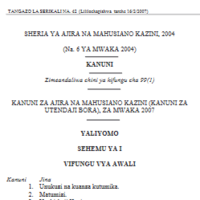Search
Books+
Searching 1,730 books
Search related to the career Insurance Underwriter
Responsibilities of an Insurance Underwriter:
1. Assessing Risk: An insurance underwriter evaluates the level of risk associated with insuring individuals or businesses. They analyze various factors such as the applicant's medical history, financial stability, and property details to determine the likelihood of a claim.
2. Reviewing Applications: Underwriters review insurance applications submitted by prospective policyholders. They carefully examine the information provided, including personal details, coverage requirements, and any additional documentation required.
3. Analyzing Data: Underwriters analyze data from multiple sources, such as credit reports, loss histories, and actuarial tables. They use this information to assess the potential risk and determine appropriate coverage terms, conditions, and premiums.
4. Setting Premiums: Based on their risk assessment, underwriters determine the appropriate premium amount for insurance policies. They consider factors such as the probability of a claim, the coverage amount requested, and the applicant's risk profile.
5. Policy Approval: Underwriters make decisions regarding policy approval or rejection based on their evaluation of risk. They may also suggest modifications to coverage terms or recommend additional conditions to mitigate risk.
6. Compliance: Underwriters ensure that insurance policies comply with industry regulations, company guidelines, and legal requirements. They stay updated on changes in insurance laws and regulations to ensure compliance in their underwriting decisions.
7. Communication: Underwriters communicate with insurance agents, brokers, and applicants to gather additional information, clarify details, or request necessary documents. They may also provide explanations for policy decisions or offer guidance on risk mitigation.
8. Portfolio Management: Underwriters monitor and manage their portfolio of policies, assessing the ongoing risk associated with each policyholder. They may recommend policy renewals, modifications, or cancellations based on changes in risk factors or claim history.
9. Collaboration: Underwriters often collaborate with other professionals, such as actuaries, claims adjusters, and risk managers, to gather insights and make informed underwriting decisions. They may also participate in underwriting meetings or training sessions to enhance their knowledge and skills.
10. Continuous Learning: Insurance underwriters stay updated on industry trends, emerging risks, and new underwriting techniques. They engage in professional development activities, such as attending seminars or pursuing certifications, to enhance their expertise in risk assessment and policy underwriting.
Please note that the specific responsibilities of an insurance underwriter may vary depending on the type of insurance (e.g., life, health, property, casualty) and the organization they work for.
Source: Various AI tools
Searched in English.







































